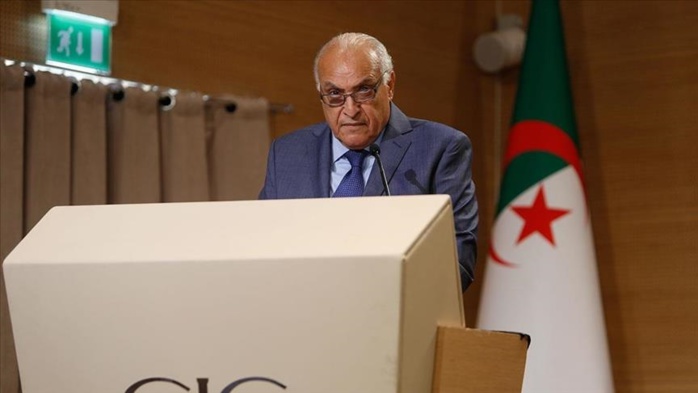Morocco's tourism sector has shown "positive" results for the summer season of 2024, according to the Minister of Tourism, Handicrafts, and Social and Solidarity Economy, Fatim-Zahra Ammor.
In a recent interview with MAP, Ammor highlighted that preliminary data indicates a successful summer season, despite ongoing efforts to consolidate all indicators. July alone saw a remarkable influx of 2.6 million tourists, marking a dramatic 20% increase compared to July 2023, equating to 424,000 additional visitors. This growth is attributed to both Moroccans residing abroad, with a 23% rise, and international tourists, who increased by 14%.
The positive trend is reflected in the performance of classified tourist accommodation establishments (EHTC) across various regions of Morocco. During the July-August period, the Souss-Massa region experienced an 8% increase in overnight stays and a 4% rise in arrivals. Similarly, the northern regions, including Tangier, Assilah, and Mdiq-Fnideq, saw a 12% increase in overnight stays and an 11% rise in arrivals. Marrakech, renowned for its tourism appeal, recorded a 6% increase in overnight stays and an 8% rise in arrivals.
Notably, Dakhla-Oued Eddahab has emerged as a rising star in seaside tourism and water sports, with a significant 32% increase in arrivals and a 5% rise in overnight stays this summer. In contrast, the Oriental region had a slower start in July but showed improvement in August, with a 5% increase in overnight stays at EHTCs and a 3% rise in arrivals compared to the previous year.
Ammor emphasized that these results underscore Morocco’s growing attractiveness as a premier tourist destination. She noted that beyond the impressive statistics, these outcomes highlight the sector’s tangible impact on the Moroccan economy, contributing to job creation, regional development, and overall economic stimulation.
Looking ahead, Ammor is optimistic about the future of Morocco’s tourism industry. She pointed to a well-devised national strategy, concrete measures, and targeted investments outlined in the 2025 finance bill (PLF), as well as the anticipated boost from major international events, as key drivers for continued success.






